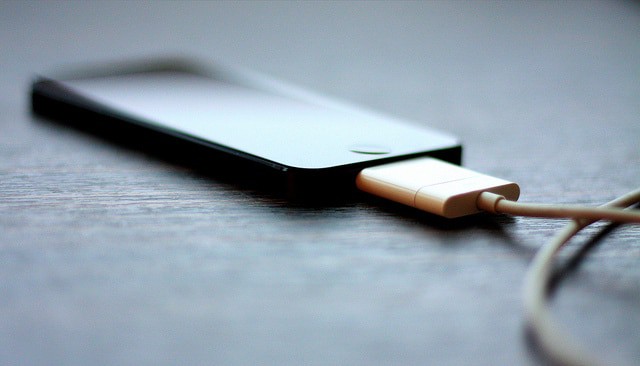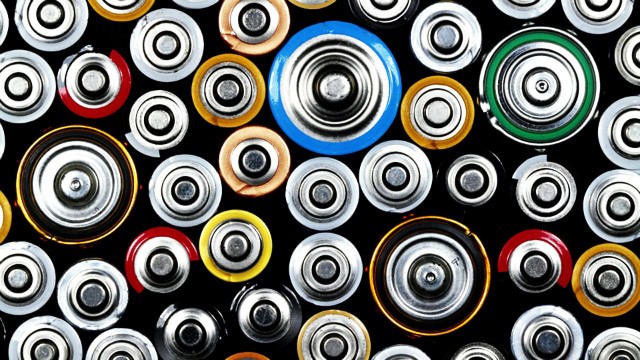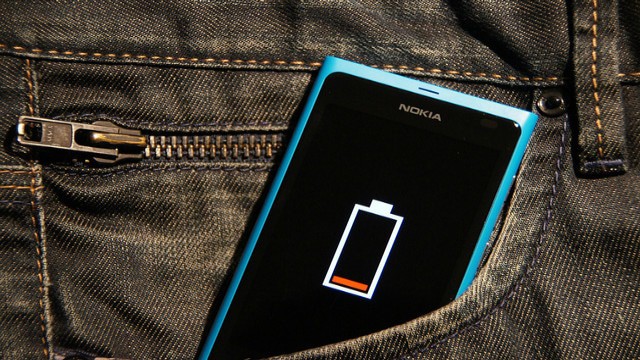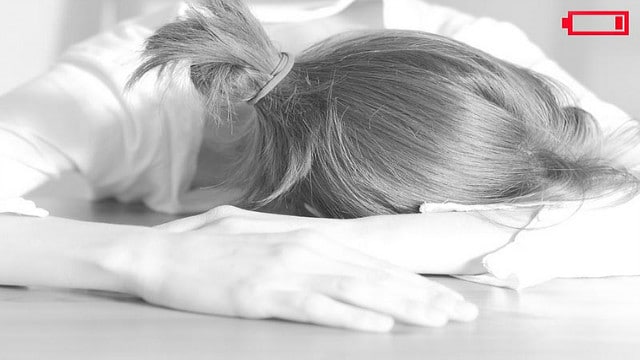
Juicing it Right..
Battery charge and power backup have become somewhat of a lingering issue for all smartphone users since their widespread usage in the last decade. A 24 hour power backup is a dream that hardly becomes a reality. Even those select smartphones that come with higher battery life tend to lose their flair in a few months.
Continuous usage and ignorance towards battery maintenance techniques have led to decreased battery life and resulting replacements. Ideal practices and optimization methods have to be followed to increase battery life and reduce costs incurred due to replacing batteries periodically.
How Do Smartphone Batteries Work?

Smartphone manufacturers consider numerous factors concerning power consumption in each device that they manufacture. Still dozens of running applications and intensive power consuming architecture challenges even the most advanced battery technology yet developed. Each battery embedded into a device is a bag filled with sheets of anode and cathode lines and Li-ion liquid that acts as an electrolyte. Larger batteries embedded into tablets and laptops contain several cells but smartphones are mostly made of single-celled units. A printed circuit board is connected to the cathodes and anodes to control voltage outrages, short circuits and overcharge conditions.
The power of a battery is determined by its energy density. The processing power of handheld devices has increased more than 1000 times over the last 10 years while battery’s energy density has increased only 3 fold in the same time. Therefore battery manufacturers face an immense challenge of providing power backup for power intensive processors and other electronic equipment in handheld devices. Moreover, size constraints and design specifications limit manufacturers to extend battery sizes.
Every Li-ion battery depends on the electrolytes and electrodes to carry out necessary chemical reactions. Like usual chemical reactions, the reaction rate increases with the rise of temperature. The chemical reactions themselves generate enough heat and along with the surrounding electronic equipment, the heat inside each device rises more than 100 degrees when resource intensive applications are used.
This higher chemical reaction rate increases discharge potential thus reducing battery life. Further charging and discharging the battery reduces battery life until the battery doesn’t have any charge holding capacity at all. Therefore, higher power consumption and rise in surrounding temperature leads to faster battery discharge.
What Practices Reduce Your Smartphones Battery Life?

Your smartphones battery life depends on numerous factors and most of them can be controlled with some prior knowledge and careful use. Every battery has a definite number of cycles before it gets damaged. Therefore we do not have control over the number of cycles and even the most carefully used smartphones would eventually damage their batteries.
Still each battery goes through thousands of cycles of complete charge and discharge before their electrolyte gets deposited and stops storing additional charge. Here are a few instances that put immense pressure on your smartphone battery causing them to eventually give up.
- Continuous Charging: Batteries are designed to charge and discharge continuously. If they are charged continuously, the number of ions that hold the charge would eventually bond with each other to form stable compounds. Once the compounds are formed, they get deposited at the electrodes and the amount of available electrolytes decreases. This significantly decreases the charge holding capacity of the battery and eventually all the electrolytes get deposited, turning the battery dead. In a dead state the battery can neither accept charge nor store them for further usage.
- Surrounding Heat: As stated above, heat accelerates chemical reactions leading to faster power discharge. Therefore, each time the battery gets heated more than 10 degrees its rate of chemical reaction doubles. Thus its discharge potential also doubles. This leads to faster discharges and lower charge storage as compared to batteries at cooler temperatures.
- Discharge Intensive Devices: Smartphone are designed to pull as much power as they require to function in a normal state. Therefore, the batteries are also designed to carry out faster chemical reactions depending on the demand set by devices. Thus devices that run resource intensive applications tend to consume more power than devices at normal states. The batteries also produce necessary power to support the device accessories. This leads to faster discharges and lower battery life.
- External device support: When additional devices are connected to the primary device, they tend to depend on the power supplied by the primary device. Thus earphones and other accessories when connected to the smartphones tend to put additional pressure on the batteries for the power required for their functioning. This leads to faster discharges and lower battery life.
Verdict: Should You Leave Your Smartphone Plugged-in Overnight?

Nope. You shouldn’t. The reason is clearly explained above. When a smartphone remains in charge for a longer period, after the battery has fully charged, the device automatically cuts off all electric supply to the battery. Then the battery sits idle while the direct current is supplied to your device for usage. An idle battery has no chemical reactions going on inside it.
Therefore, the ions inside it slowly start to form bonds that eventually get deposited on the electrodes. If the smartphone doesn’t cut off electric supply to the battery, the battery continuously gets additional charge leading to more than needed chemical reactions. This heats up the battery which again leads to faster power production. The heat produced from the battery damages the surrounding case leading to electrolyte leakage and sometimes the batteries tend to burst open.
The condition becomes even worse if the smartphone is encased in a cover and the battery doesn’t get enough air to berate and cool itself. Moreover, external accessories like earphones or headphones when connected to smartphones tend to exert additional pressure on the device architecture leading to extra power consumption, even when the device is not in use.
Therefore, the discharging batteries supply the necessary power but in case of a short circuit the whole device gets fried. Such instances are extremely dangerous and should be avoided as much as possible. The ideal charge percentage of smartphones lies from 20% to 80%. Therefore, you need to keep charging the device in continuous intervals instead of letting it completely discharge itself and then charge it for hours.







